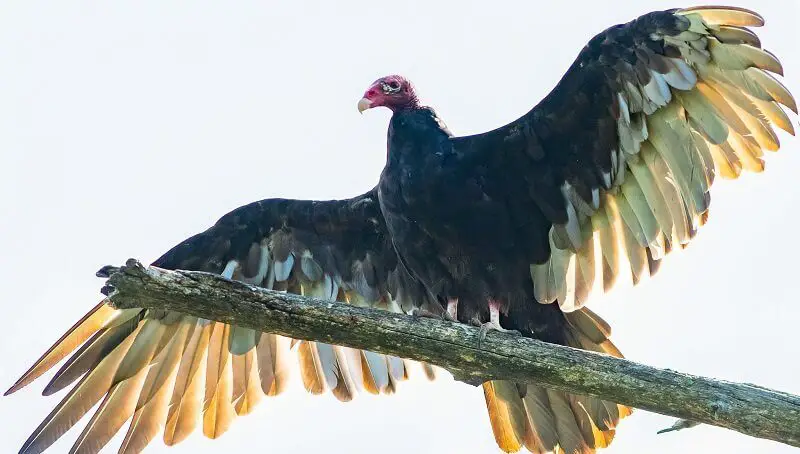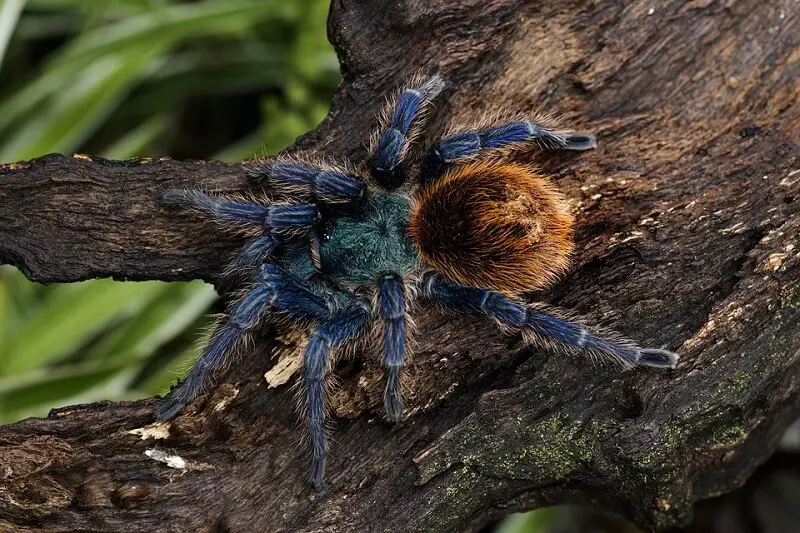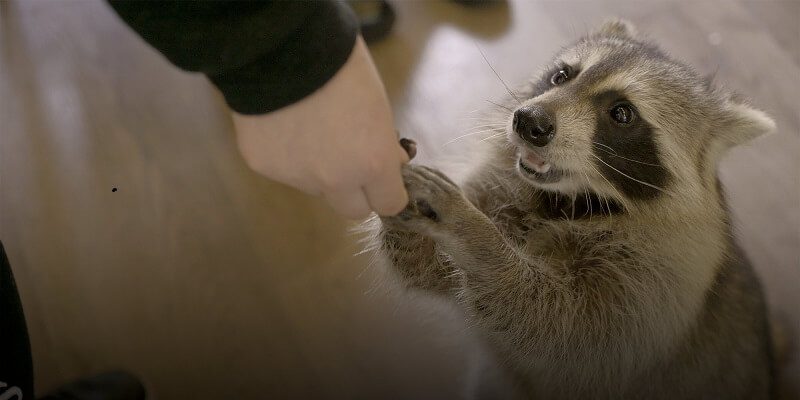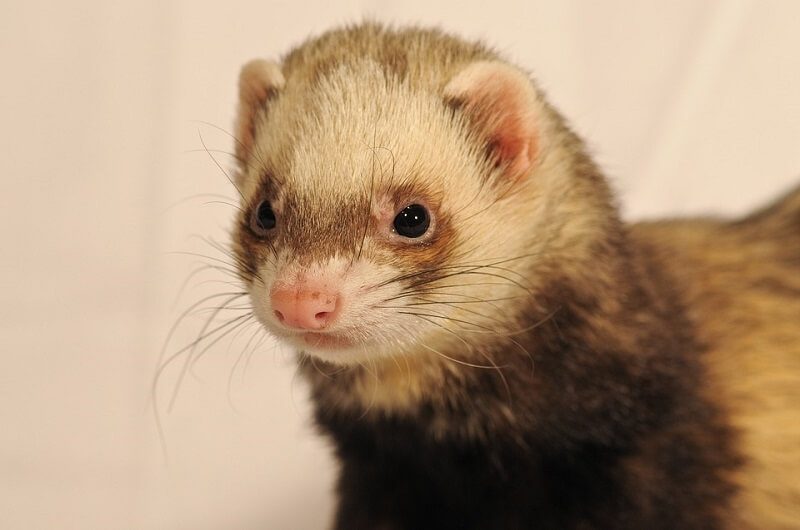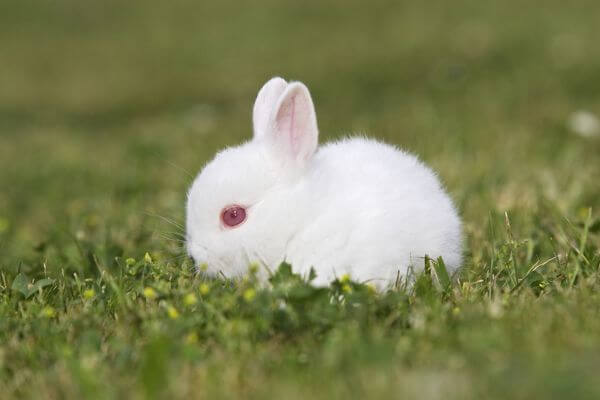The vulture is a large bird of prey and one of the most dominant predators in the sky. Vultures are most commonly found in the northern hemisphere, including Europe, Asia, and North America. Vultures are also found on the African continent.
Apart from human beings, vultures have very few natural enemies, and adult ones have no natural predators. Nestlings and eggs are sometimes swallowed by other birds, like gulls. There are very few animals that can prey on vultures, mainly due to the large size of the birds and their own predator skills. However, some animals, such as squirrels, mountain roosters, falcons, owls, bobcats, black bears, raccoons, ravens, and large owls will attack the nests and feed on their eggs or chicks.
The distribution of these birds is very diverse, and the place of residence depends on the species. Almost all representatives of the species prefer to settle away from humans, in mountain or semi-open landscapes.
Some types of vultures prefer subtropical and temperate climates, so you can see them in the Northwest from Scotland to Kazakhstan; Southeast from Mongolia to India. Others prefer to settle in steppes, mountains, and semi-deserts, which border the plains without trees. Vultures living in Africa (ridges, notches, crowning) live in rare forests and savanna shrubs.
The golden eagle, which lives in Russia (in the southern Primorye and the northern Caucasus), loves to nest in the hard-to-reach forests, but the Australian golden eagle feels great in the vast Guinean forests. The eagle prefers to live in the steppes of Ukraine and Kazakhstan, the forests of Spain, Romania, and the Czech Republic. Vultures can also be found in China and Iran, Greece and Germany, Hungary and Slovakia.
You might also like my articles on what eats nerite eggs, what praying mantises eat, and whether lions eat hyenas.
Considering that vulture nests are frequently built in very large trees, carnivores who are weak climbers rarely have access to eggs and young chicks. Usually, vultures are parents careful enough to protect their young from harm. Poor access to food can leave young vultures vulnerable, however, as parents, they must hunt more and further from the nest to secure their offspring.
The Vulture’s Predators
Ecological pyramids are a practical way of understanding their complex life cycle, that of eating and not being eaten. Predators and super predators live an existence based on chasing, hunting, and eating other animals.
The energy in this case is transmitted fundamentally through the ingestion of meat. Scavenger birds are at the top of the trophic pyramid. These experienced corpse eaters have an important function of health in nature, thus getting rid of the infectious sources and the garbage, helping with eliminating the contamination of the planet.
Vultures and Human Poaching
Because vultures are attracted to carcasses (dead animals), they have played an indirect role in helping authorities identify illegal poaching activity. This is especially true for the poachers of elephants and rhinos, who leave the bodies of the animals, after removing their fangs and horns. Vultures are attracted to the remains and fly in circles around the earth, where the corpse was left behind. Authorities have the opportunity to pursue fresh cases of illegal hunting, following these birds and taking note of where they are traveling.
Vultures draw attention to illegal poaching activities, so they have become the poachers’ number one enemy. A common practice of many poachers is to poison the carcasses left behind after removing the tusks and horns from elephants and rhinos.
However, the total population of vultures is decreasing quite rapidly. Birds die from lead poisoning when they eat animals left behind by hunters. Humans use pesticides and veterinary antibiotics when leaving animal bodies behind so that they enter the body of vultures through the food chain.
Other possible predators of the vulture
Vulture chicks are attacked by foxes, golden eagles, and owls when their parents cannot chase away the attackers. Chicks that have fallen from the nest are often taken by wolves or jackals. But in general, the vultures have very few natural enemies.
Snakes are carnivores, so they eat other animals. Still, they wouldn’t eat a vulture, because they couldn’t catch one.
Other large predators that can prey on vultures in the same habitats include the leopard, the African golden cat, the Nile crocodile, the python, the chimpanzee, and the larger apes, such as mandrils and baboons. All of these creatures are much heavier than a vulture, ranging in size from 10 kg (22 lb) to 225 kg (496 lb). While reptiles usually hunt on land or near water, felines, large lizards, and baboons can be safe thieves who will climb trees and get to vulture nests.
There are situations in which vultures can be hunted as prey of large carnivores. Two vultures reintroduced into the wild were hunted by predators, one by a leopard who caught a male feeding on a monkey corpse in the rain, and the other by a crocodile who took a female while eating a corpse, near the waterfront.
Why Are Vultures Important?
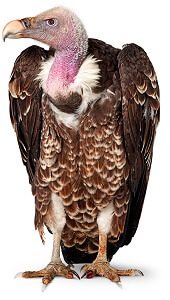 Vultures are effective in hunting. They do not hunt animals for fun, they catch only for their own food and for their chicks. They mainly hunt small prey.
Vultures are effective in hunting. They do not hunt animals for fun, they catch only for their own food and for their chicks. They mainly hunt small prey.
Vultures are a key component in maintaining healthy ecosystems. Due to their role as nature’s garbage disposers, vultures are able to keep the environment clean and free from contagious diseases. These birds have an extremely corrosive stomach acid that allows them to consume the bodies of rotting animals. This leftover debris is often infected with anthrax, botulinum toxins, rabies, and pig cholera that would otherwise kill other corpse eaters. By clearing the land of dead animals, vultures prevent the spread of diseases to humans and other animals.
Their complex gastric juices work as a natural medicine against lethal environmental diseases. In addition, it can be considered that vultures play a fundamental role in maintaining the health of our fields and even the world, the ecosystem.
The vulture has proved to be closely dependent on human populations, and once the black years of the bovine and porcine epidemics are overcome, the situation for the vultures is again stable, although the continuous threat of the enemies of these birds can still be an issue.
It is important to remember that although the vulture species do not have the cute look of endangered species, it is still a critical piece of a much larger and more complex ecosystem. The world needs vultures to help control the spread of the diseases.
Summing Up – What Eats a Vulture?
Despite their power, vultures are a very vulnerable link in the ecological chain. In nature, they have very few enemies. A vulture can perish during a fight with another specimen of its species or a wolf, but hunger is more dangerous for them. In search of large prey, birds often migrate from the temperate zone to the south. Over time, large animals disappear from the flora, virgin lands are plowed, and their usual food becomes difficult to obtain.
In addition, many vultures will find their end under the power lines when they build their nests on a pole. Today, European species are on the brink of extinction, many of which are listed in the red data books from different countries.
